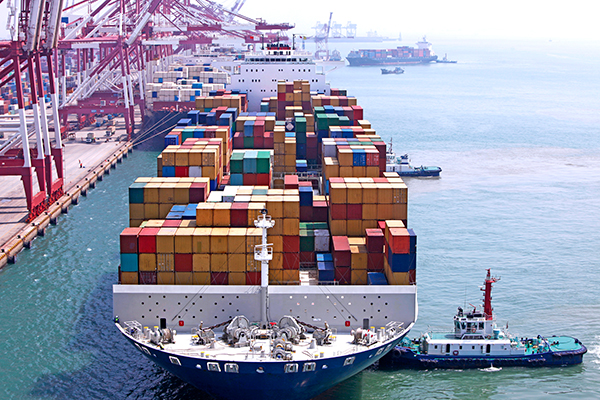- The value of Thai exports in September sank by -5.2%YOY, the first drop in 19 months. The unexpected decrease, due to export drops in multiple product groups, was led by a group of industrial products which altogether fell by -6.7%YOY. They were, for instance, automobile, accessories and parts (-7.4%YOY), electronic machines (-4.1%YOY), electrical appliances (-0.8%YOY), and especially gold which dropped significantly at -78.7%YOY from -66.6%YOY in the previous month. Excluding gold, the growth of Thai exports in September was at -0.8%YOY. Agro-industrial products also fell by -1.6%YOY including processed and canned seafood, processed shrimp, white refined sugar, and processed and canned fruits. However, exports of agricultural products grew slightly at 0.1%YOY, following the growth in rice and cassava production. Meanwhile, exports of rubber and sugar continued declining due to falling prices. For the first 9 months of 2018, the growth of Thai exports was at 8.1%YOY.
- Thai exports to Asian markets descended significantly. Major declines were in exports to China (-14.1%YOY), Hong Kong (-7.0%YOY), Taiwan (-17.5%YOY), and South Asian Markets (-3.7%YOY). Meanwhile exports to Japan grew at 0.2%YOY, a lower rate from 14.6%YOY in the previous month. Similarly, exports to CLMV and ASEAN-5 markets rose by 17.5%YOY and 0.9%YOY respectively, dropping from 32.5%YOY and 35.5%YOY respectively in August. Moreover, the value of Thai exports to Australia decreased by -19.3%YOY, a huge drop from 10.1%YOY growth in the earlier month. Nevertheless, Thai exports to the US and EU improved to 1.2%YOY and 3.9%YOY from 0.6%YOY and -4.3%YOY in August, respectively.
- US import tariffs continued influencing Thai exports. The values of the Thai exports affected by US import tariffs including solar panels, and washing machines, dryers and parts dropped by -78.2%YOY and -87.6%YOY respectively. These falls resulted in a significant drop in Thai exports of these product groups to all markets by -38.3%YOY and -44.6%YOY respectively. Meanwhile, Thai exports of iron, steel and steel products to the US returned to be negative at -16.1%YOY after growing by 12.6%YOY in August. However, the exports of iron, steel and steel products to overall markets accelerated from 2.4%YOY to 4.4%YOY. In the meantime, exports of aluminum products continued improving in general and to the US at 12.1%YOY and 38.2%YOY respectively.
- US – China Trade War generated greater impacts. Thai exports to China in September declined significantly at -14.1%YOY. This was expected as a result partially due to US import tariffs on Chinese products activated on July 6 and August 23 this year. The affected trade value was USD 50 billion in total, a reflection of the notably dropped value of Thai exports anticipated to be related to the tariffed Chinese exports to US namely electrical circuits, and assembling parts of refrigerators and freezers. Thai exports of these products to China fell by -50.8%YOY and -78.9%YOY respectively. Meanwhile, Thai exports of computers and parts to China continued decreasing at -13.4%YOY. Apart from that, the fall of Thai exports to China may as well be affected by China’s economic slowdown.
- The value of Thai imports grew at 9.9%YOY, a lower growth rate from 22.8%YOY in August. This was led by a 11.5%YOY growth of Thai imports of raw materials and intermediate goods which slowed down from 37.6%YOY in the earlier month. Moreover, it was due to imports of capital goods which dropped by -5.8%YOY from 6.2%YOY growth in August. In this product group, a great drop in airplane and ship imports was the main factor (-80.2%YOY). However, imports of fuel products accelerated to 50.5%YOY from 33.8%YOY in the month earlier. For the first 9 months of 2018, the growth of Thai imports is at 15.2%YOY.
|
